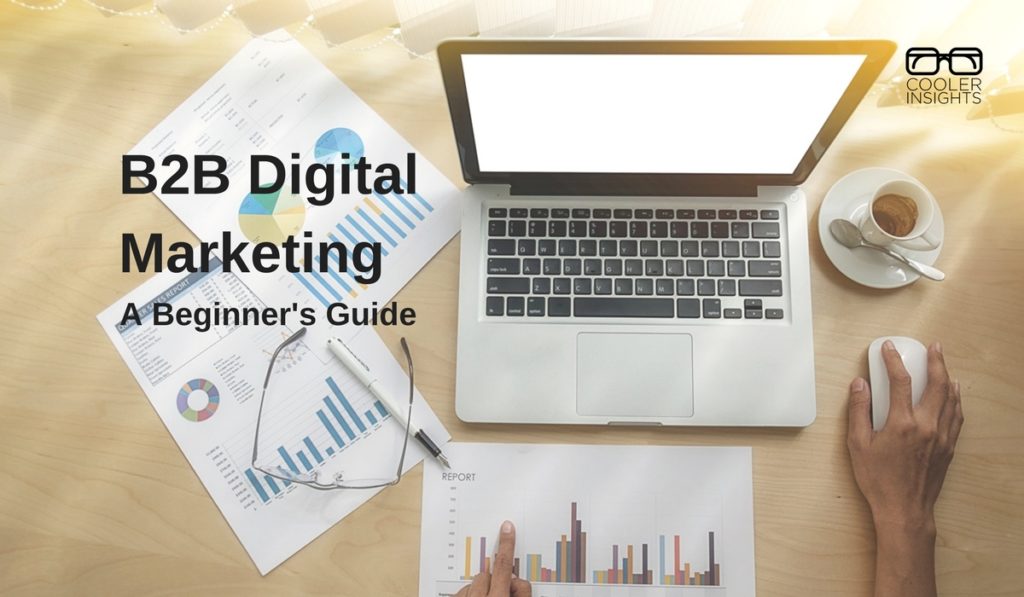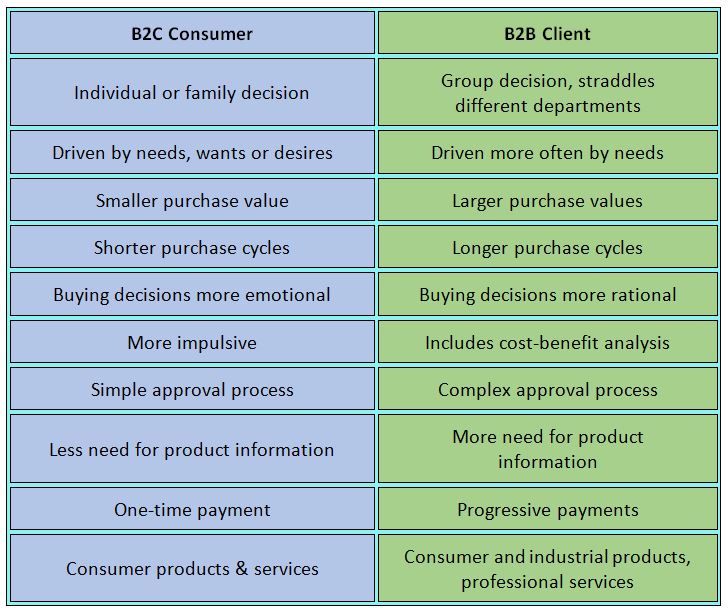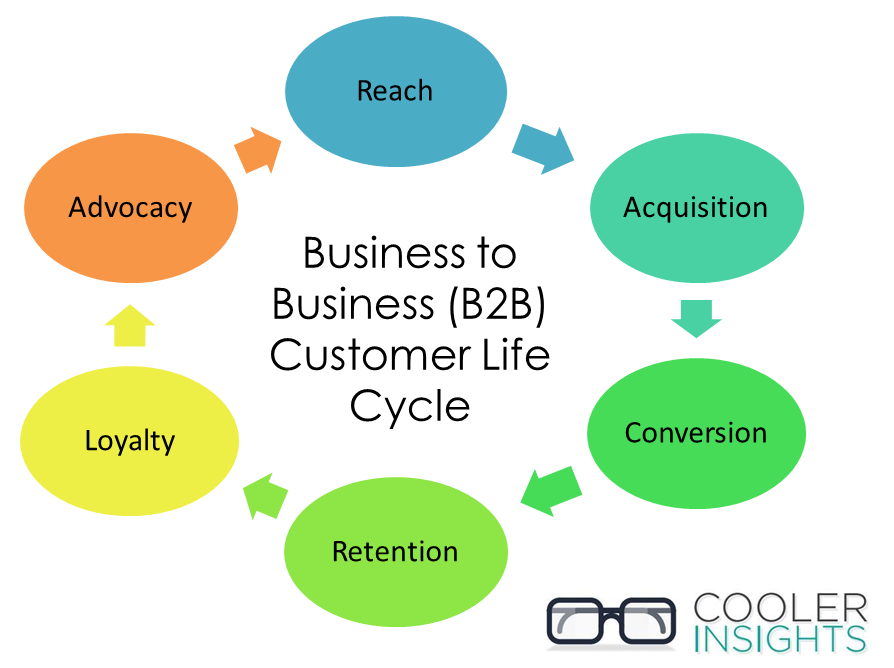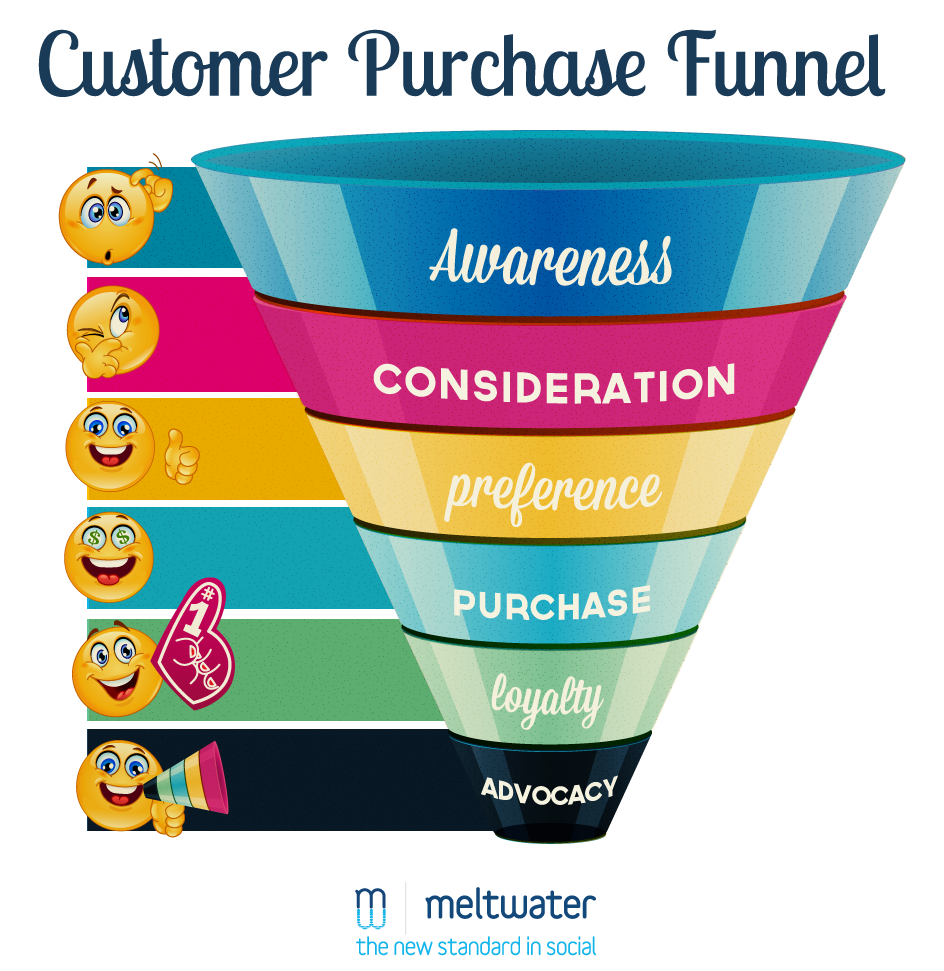OK, you are a complete newbie to digital marketing. And your customers are businesses not consumers.
How can a B2B company like yours make use of digital marketing? After all, B2B marketing is very much a face-to-face deal involving a generous meal and a hand shake right?
Well, not really.
As a long-time purveyor of B2B marketing (this business blog is a case-in-point), I reflected on what worked and what didn’t in the B2B space. First, let me clarify what the differences are between B2C and B2B digital marketing.
B2B Digital Marketing Defined
Also known as online, Internet or web marketing, digital marketing uses Internet-based media like websites, social networks, emails and apps to reach and convert customers. Within the ambit of digital marketing, there exists many different pillars such as the following:
- Search Engine Optimization (SEO): Use of various techniques to improve one’s search ranking for targeted keywords on search engines like Google.
- Online Advertising: An entire gamut of advertising options, from Pay Per Click (PPC) advertising on search engines on Google, Facebook advertising, to sponsored posts on websites and blogs.
- Social Media Marketing: Engaging customer communities on social networks like Facebook, Twitter, LinkedIn, and Google Plus.
- Content Marketing: Using content valued by customers to attract, convert and retain them via online channels. This is often tied to inbound marketing.
- Influencer Marketing: Working with social media influencers like bloggers, YouTube celebrities, and Instagram stars to promote one’s products and services.
- Email Marketing: Using emails and email newsletters to reach a B2B customer and convert them, often via a DRIP approach of offering valuable information.
- Mobile Marketing: Specific strategies for mobile users, which cover all of the areas above. Usually includes consideration of responsive websites (websites that are mobile friendly) and mobile apps.
Unlike B2C digital marketing, the buying cycle for a B2B customer is lot more involved and complex. Check out the table below to see how the two compares:
From the table above, we can see that B2B buying processes are usually more complex, involves a larger group of stakeholders, are bigger in purchase value, and requires more information to aid the decision making process.
Now that we have learned what B2B digital marketing is about, let us dive into the B2B customer life cycle.
There are a total of 6 stages in the customer life cycle for a B2B business. These stages are as follows:
#1 Reaching B2B Customers
The first step you need to take is to attract the attention of a prospective customer. At this stage, your goal is to raise top-of-mind awareness, generate brand recall, and attract interest.
There are multiple ways to trigger awareness of your company’s products and services online, as highlighted above. They include using targeted keyword advertising on Google AdWords to generate clicks (also known as Pay Per Click or PPC advertising), posting relevant blog content with targeted keywords that solves a customer problem (content marketing), and sharing your content on social media channels (social media marketing).
One of the most effective ways to reach customers is to do so via what we call remarketing or retargeting. This involves embedding a code called a “pixel” (Facebook) or “tag” (Google) on your website so that you can identify visitors who have been there and serve them more targeted advertising messages.
Online PR and influencer marketing may also be useful, especially thought leaders in the industry. Ditto for participation in online forums and groups (eg Google Plus or LinkedIn communities) which are specific to your industry.
Performance Metrics: Page views, unique visitors, followers, fans, social media engagement (eg likes, comments, shares, retweets).
#2 Acquiring B2B Customers
After your company has made itself known to potential B2B clients, you need to bring that visitor into your circle. This could be done by providing relevant and useful information which aids your prospect’s buying decision process.
At this stage, the action tends to shift more towards your own website/blog, social media community (eg Facebook page or LinkedIn group), or email list. Community management skills become key.
A commonly used strategy to acquire leads or members (from mere readers or viewers) via inbound marketing is to offer a valuable information product like an eBook, white paper, or research report, in return for a prospect to “opt-in” with his or her name, email address and possibly organisation.
This opt-in form is often found on what we call a landing page (larger version) or squeeze page (more compact). Once you have the contact details of the customer, you can then use email marketing efforts to nurture your lead and convert him to become a full-fledged customer (more on this in Jeff Walker’s Product Life Cycle marketing here).
Performance Metrics: Number of fans, number of followers, email lists, online members (sign in websites).
#3 Converting B2B Prospects to Purchasers
The road from prospect to customer can either be a very short or long one. This often depends on the value of your product or service, the complexity involved in its use (compare pencils to ERP software) and the commitment needed by your customer.
There are a few ways to drive conversion. Some of the methods include the following:
- Build trust and likability by offering useful content and information that helps customers to solve their business problems;
- Offer a limited time promotion or special deal (to create scarcity);
- Initiate a campaign to trigger purchases with a landing page;
- Pay prospects a visit (assuming that you are in the same geography) or offer to do a free demonstration; and
- Provide free consultancy or advice (under a freemium model).
The goal here is to convert community members aka prospects to become paying customers. Depending on the price of the product and the commitment required by the customer, a prolonged process of cultivating prospects and providing value may be needed.
Performance Metrics: Click throughs to landing pages, Customer Purchases, Customer Nos, Customer Value, Sales, and Profitability.
#4 B2B Customer Retention
Beyond the first purchase, it is useful for B2B businesses to extend the lifespan of its customer.
A chief consideration here is customer satisfaction and service support. The more value you provide and the more helpful you are to your customer, the greater the likelihood of repeat orders and purchases.
There are several strategies which you can consider here:
- Use social media channels to provide customer support. This could include having a technical staff on duty to answer queries on a forum or on Twitter.
- Include detailed Frequently Asked Questions (FAQ) page on your website, which is targeted at solving your customer problems.
- Nudge your paying customers to upgrade with special deals and bundle on packages that are emailed to them.
- Encourage repeat orders on your website, and make the process of form-filling convenient by pre-filling them for your customer.
- Upsell valuable services that help your customers to derive more value from their initial purchases.
- Use your e-newsletter or emails to announce new products or services.
Performance Metrics: Repeat purchases and orders, Existing Customer Value, Size of Orders.
#5 B2B Customer Loyalty
Over time, successful B2B businesses are able to motivate a customer to stay with the firm.
A loyal customer is often far more profitable for a company as the acquisition costs are lower than new customers. In B2B Marketing, Customer Lifetime Value (CLV) or Life Time Value (LTV) have been shown to be major determinants of profitability.
To engender loyalty amongst your customers, consider the following:
- Extend occasional surprises to show that you care. This could be emailed to your customers or offered online via an exclusive customers only page.
- Incorporate anniversary surprises or discounts that apply only to long-term customers. The more they spend with your company, the greater the benefit. This can be easily tracked via big data;
- Invite members to an exclusive preview or event hosted by your CEO;
- Make it simple and easy for your existing customers to do business with you; and
- Use social media channels to build rapport with your customers by liking and commenting on their posts, or resharing them on your own social networks.
Performance Metrics: Customer Lifetime Value (CLV), Customer Retention Metrics, Share of Revenue (New versus Existing Customer), Customer Lifespan.
#6 Making Your B2B Customers Advocates
Finally, the holy grail for the B2B business is a customer who becomes a champion for the firm. When a big proportion of your customers become active advocates, you save on marketing and publicity costs as positive Word Of Mouth (WOM) starts bringing in new customers.
This is different from working with influencers or appointing employees to be brand ambassadors. Rather, it is about delighting customers so much that they voluntarily become your WOM sales force!
To trigger advocacy, you can consider the following strategies:
- Feature your customers and the give them the limelight!
- Include a referral fee or incentive for customers to recommend other customers. The incentive can work both ways and be redeemed via an exclusive coupon code on your website (if you offer e-commerce facility);
- Nudge your customers to leave a review on forums and other industry-based websites;
- Encourage your customers to share your content on their own channels by creating widgets or badges that they can embed on their websites. This can be linked to an affiliate programme; and
- Showcase your customer stories on your website and social platforms. Offer to shoot a video of them using your product or service successfully and share it on your social platforms.
Performance Metrics: No of social shares (Facebook, LinkedIn, Twitter, etc), No of backlinks from customers, No of referrals, NET Promoter Scores.
The B2B Marketing Funnel
Now that we have covered the B2B customer lifecycle, the next thing we need to take note of is the marketing funnel. This is often well known in the arena of inbound marketing and content marketing.
In B2B digital marketing, potential customers are normally taken through various stages of their buying psychology – from awareness to consideration to preference to purchase to loyalty and finally advocacy.
This can be represented by a marketing funnel diagram below, which looks at how we can “graduate” customer down the funnel from visitors to prospects to leads and finally customers:
Courtesy of Meltwater
The B2B Customer Life Cycle and Marketing Funnel maps nicely to each other, with each stage of customer affection corresponding to a deeper and narrower part of the marketing funnel. Often the terms are substituted for each other.
Putting them all together, we can summarize them in the table as follows:
| Customer Life Cycle | Customer Status | Digital Marketing Strategies |
| Reach | Visitors | SEO, social media marketing, online advertising |
| Acquisition | Leads or Prospects | Landing pages, Blog articles, eBooks, slideshares, white papers |
| Conversion & Retention | Customers | Emails, newsletters, member promotions, campaigns |
| Loyalty | Long-term Customers | Email newsletters, customer support, FAQs, long-term incentives |
| Advocacy | Brand Advocates | Social media sharing, referral programmes, affiliate marketing, customer reviews |
As you can see, B2B digital marketing requires a fair amount of planning, management, execution and refinement.
Companies that succeed in this are often adept at balancing between attracting visitors, acquiring leads, converting prospects to customers, retaining customers, and transforming them into brand advocates.
While the initial process can be quite involved to set up, the fruits of having such a system (or profit making machine) in place can far outweigh the costs over the long-term.
Need help in establishing your own B2B Digital Marketing Strategy? Drop me a note at my contact page and I’ll be happy to arrange for a chat.




